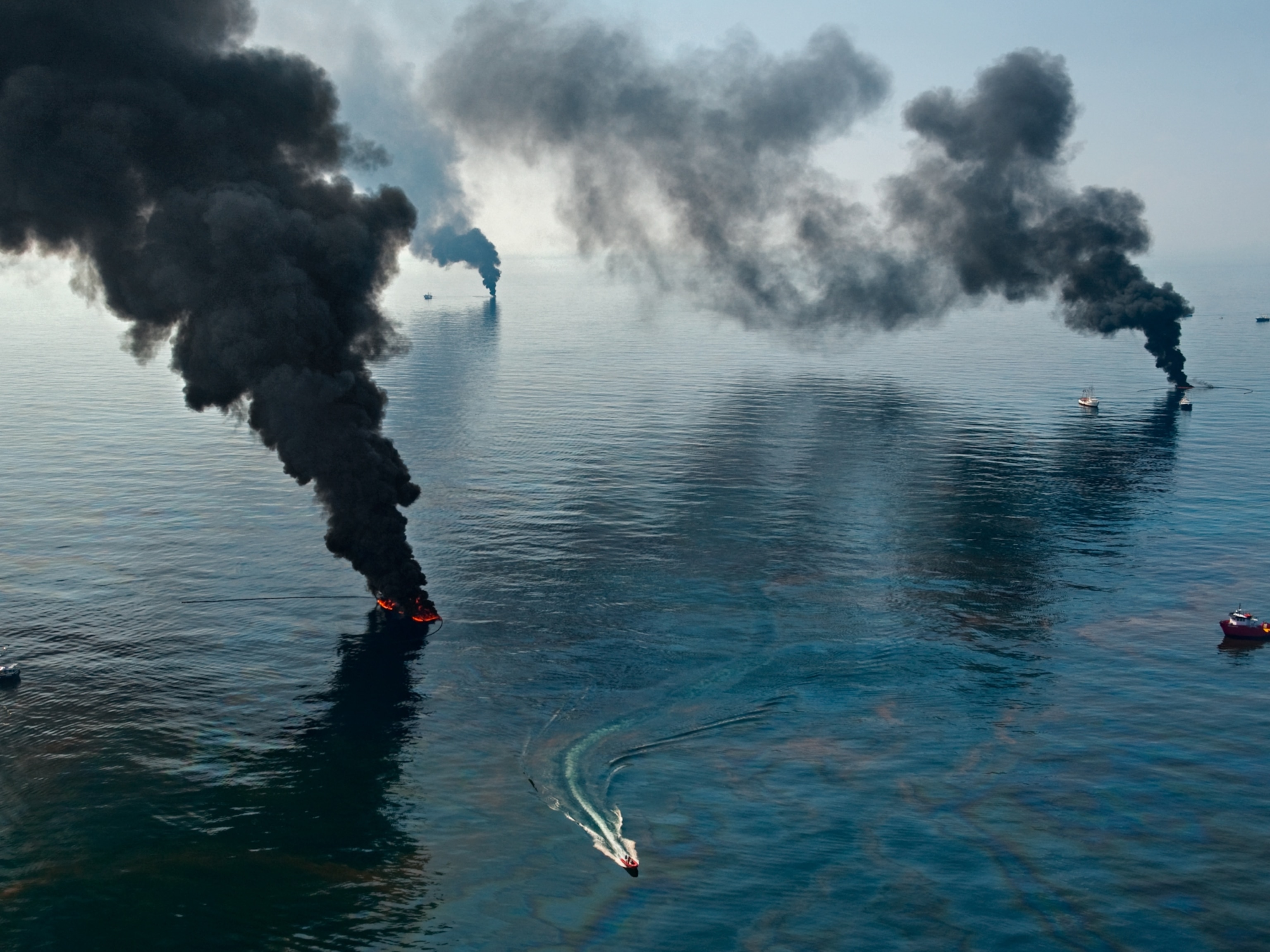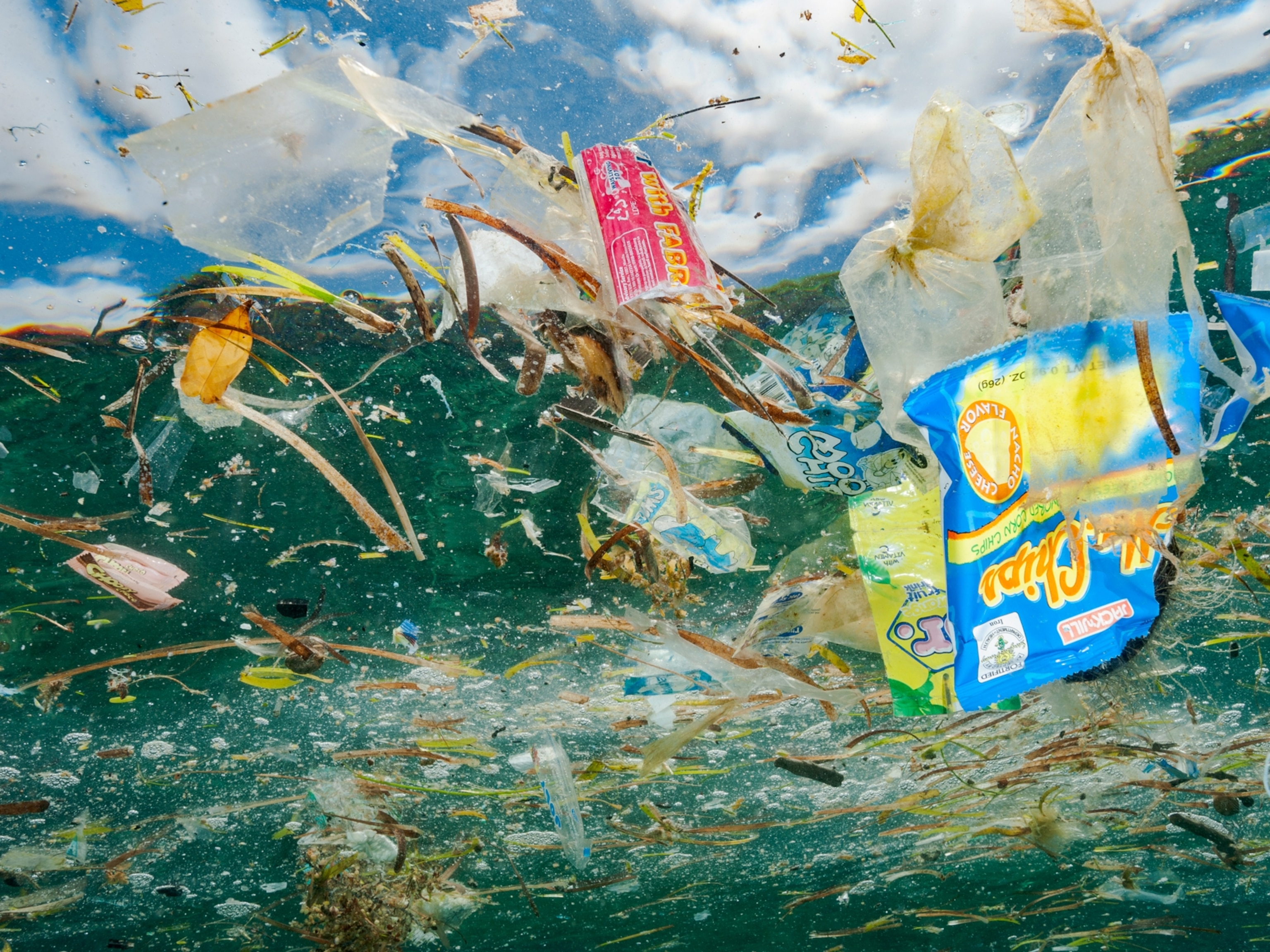How an Uninhabited Island Got the World’s Highest Density of Trash
Isolation protects the island from human intrusion—but not 18 tons of plastic.
Henderson Island lies in the South Pacific, halfway between New Zealand and Chile. No one lives there. It is about as far away from anywhere and anyone on Earth.
Yet, on Henderson’s white sandy beaches, you can find articles from Russia, the United States, Europe, South America, Japan, and China. All of it is trash, most of it plastic. It bobbed across global seas until it was swept into the South Pacific gyre, a circular ocean current that functions like a conveyor belt, collecting plastic trash and depositing it onto tiny Henderson’s shore at a rate of about 3,500 pieces a day.
Jennifer Lavers, co-author of a new study of this 38-million-piece accumulation, told the Associated Press she found the quantity “truly alarming.”
Much of the trash consists of fishing nets and floats, water bottles, helmets, and large, rectangular pieces. Two-thirds of it was invisible at first because it was buried about four inches (10 cm) deep on the beach.
“Although alarming, these values underestimate the true amount of debris, because items buried 10 cm below the surface and particles less than 2 mm and debris along cliff areas and rocky coastlines could not be sampled,” Lavers and a colleague wrote in their study, published Tuesday in the scientific journal, Proceedings of the National Academy of Sciences.
The accumulation is even more disturbing when considering that Henderson is also a United Nations World Heritage site and one of the world’s biggest marine reserves. The UNESCO website describes Henderson as “a gem” and “one of the world’s best remaining examples of a coral atoll,” that is “practically untouched by human presence.”
Henderson is one of the four-island Pitcairn Group, a cluster of small islands whose namesake is famed as the home to the descendants of the HMS Bounty’s mutineers. Pitcairn’s population, which has dwindled to 42 people, uses Henderson as an idyllic get-away from the day-to-day life on Pitcairn. But aside from the neighboring Pitcairners, the occasional scientist or boatload of tourists making the two-day sail from the Gambier Islands, Henderson supports only four kinds of land birds, ten kinds of plants, and a large colony of seabirds.
Lavers, a scientist at Australia’s University of Tasmania, and her co-author, Alexander Bond, a conservation biologist, arrived on Henderson in 2015 for a three-month stay. They measured the density of debris and collected nearly 55,000 pieces of trash, of which about 100 could be traced back to their country of origin. The duo’s analysis concluded that nearly 18 tons of plastic had piled up on the island—giving Henderson the highest density of plastic debris recorded anywhere in the world—at least so far.
Jenna Jambeck, a University of Georgia environmental engineering professor, who was one of the first scientists to quantify ocean trash on a global scale, was not surprised that Lavers and Bond discovered plastic in such abundance on Henderson. Jambeck’s 2015 study concluded that 8 million tons of trash flow into the ocean every year, enough to fill five grocery store shopping bags for every foot of coastline on Earth.
“One of the most striking moments to me while working in the field was when I was in the Canary Islands, watching microplastic being brought onto the shore with each wave,” she says. “There was an overwhelming moment of ‘what are we doing?’ It’s like the ocean is spitting this plastic back at us. So I understand when you’re there on the beach on Henderson, it’s shocking to see.”
The Henderson research ranks with earlier discoveries of microplastics in places so remote, such as embedded in the deep ocean floor or in Arctic sea ice, that finding plastic in such abundance touched a nerve.
“People are always surprised to find trash in what’s supposed to be an uninhabited paradise island. It does not fit our mental paradigms, and this might be the reason why it continues to be shocking,” says Enric Sala, a marine scientist who led a National Geographic Pristine Seas expedition to the Pitcairn Islands, including Henderson, in 2012. “There are no remote islands anymore. We have turned the ocean into a plastic soup.”





